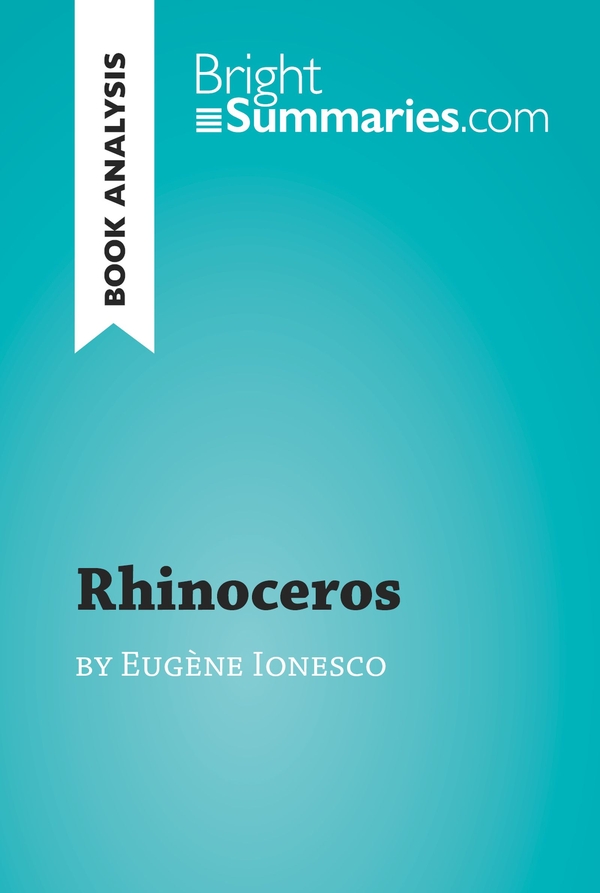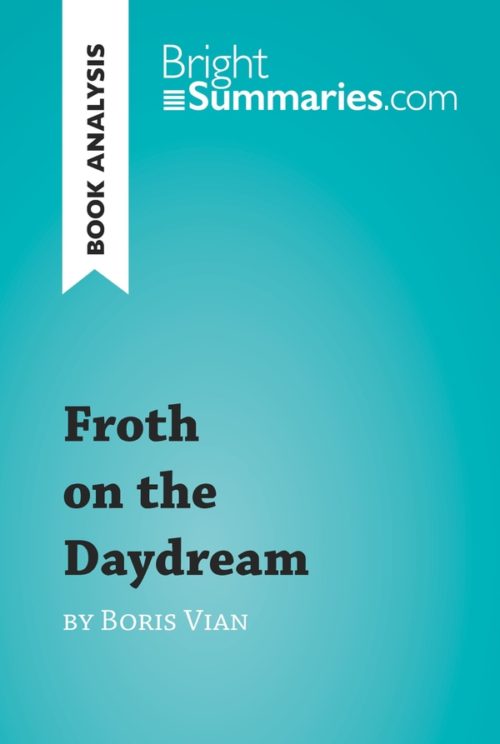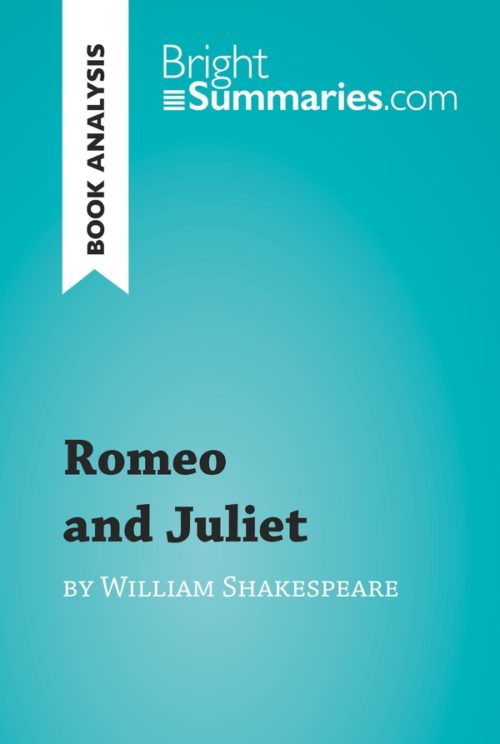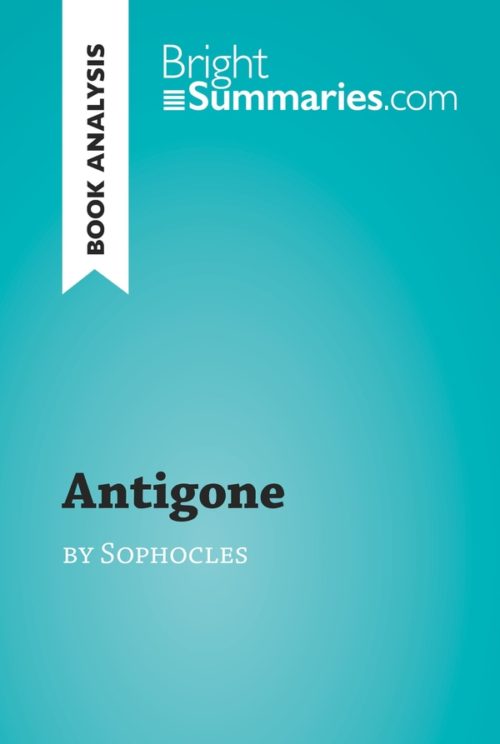Rhinoceros by Eugène Ionesco (Book Analysis)
Rhinoceros by Eugène Ionesco (Book Analysis)
Detailed Summary, Analysis and Reading Guide
Read more
This practical and insightful reading guide offers a complete summary and analysis of Rhinoceros by Eugène Ionesco. It provides a thorough exploration of the play’s plot, characters and main themes, including the condemnation of totalitarianism and conformism, as well as Ionesco’s contribution to the Theater of the Absurd. The clear and concise style makes for easy understanding, providing the perfect opportunity to improve your literary knowledge in no time.
This clear and detailed 20-page reading guide is structured as follows:
- Biography of Eugène Ionesco
- Presentation of Rhinoceros
- Summary of Rhinoceros
- Character study
- Berenger
- Jean
- Botard
- Dudard
- Daisy
- The Logician
- Analysis of Rhinoceros
- Condemnation of totalitarianism
- Satire of stereotypical language
- Willpower
- Mix of comedy and tragedy
- Theater of the Absurd
About Rhinoceros
Rhinoceros was first published and performed in 1959. It tells the story of the inhabitants of a small town, who gradually turn into rhinoceroses. The only person who escapes this fate is the central character, whose warnings about the strange condition go unheeded.
Rhinoceros is generally viewed as an allegory of the rise of Communism, Fascism and Nazism prior to the Second World War. It provides a powerful illustration of the dangers of conformism and group mentality, and is now considered to be a classic of anti-totalitarian literature.
About Eugène Ionesco
Eugène Ionesco was a Romanian-born French dramatist. He wrote a series of plays in the mid-20th century, and was the leading figure of the Theater of the Absurd, a movement which broke with the conventions of traditional theater. Besides Rhinoceros, Ionesco also wrote The Bald Soprano, The Lesson and The Chairs. He is one of the most influential and widely performed French dramatists of the 20th century. He was elected to the Académie française in 1970, and died in Paris in 1994.
Product details
| ISBN | 9782806270115 |
|---|---|
| Publisher | Plurilingua Publishing |
| Collection | BrightSummaries.com |
| Format | |
| Pages | 20 |
| File size | 1.4 MB |







